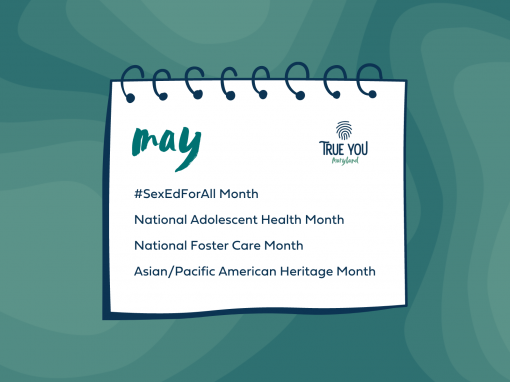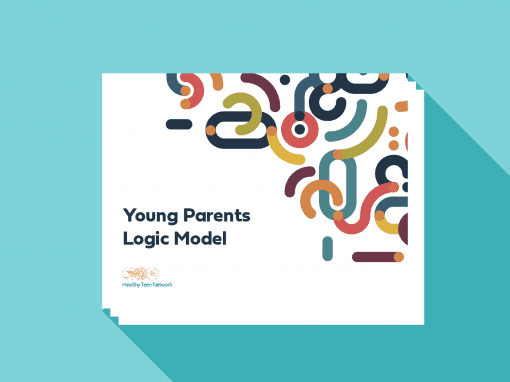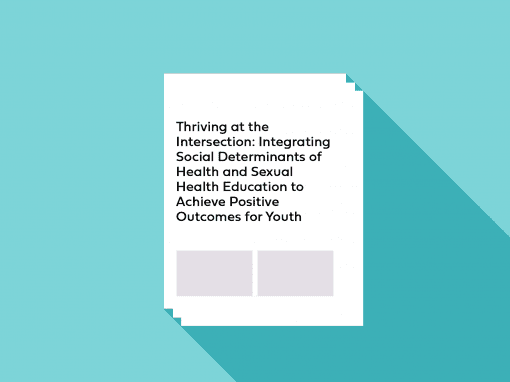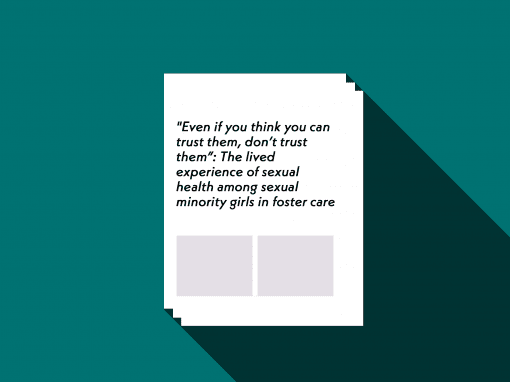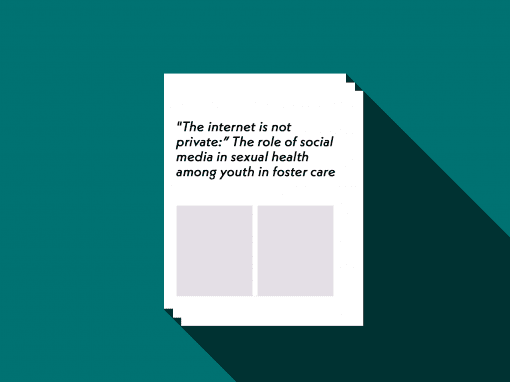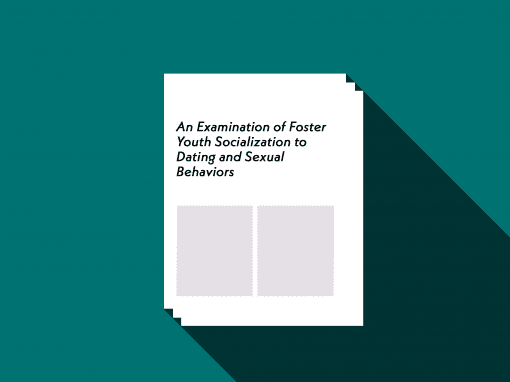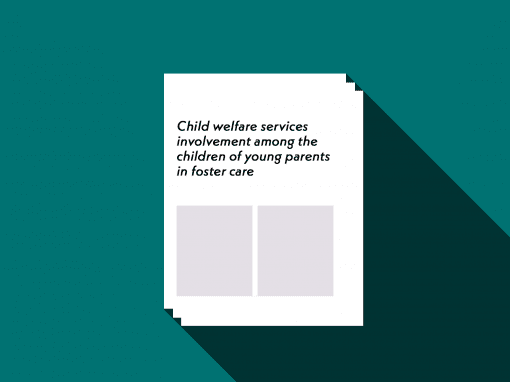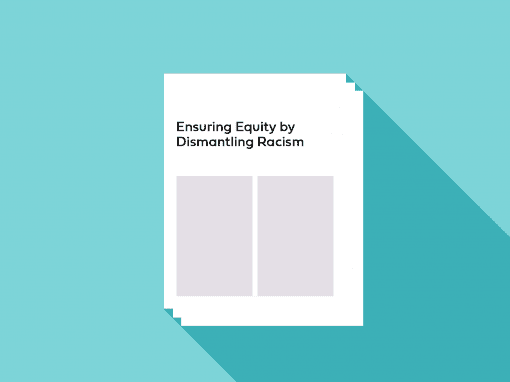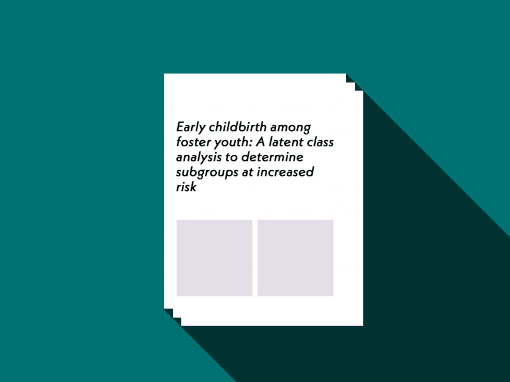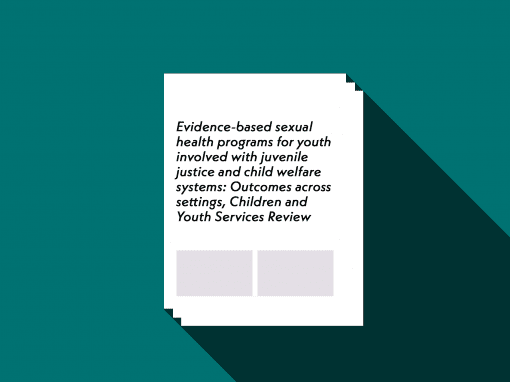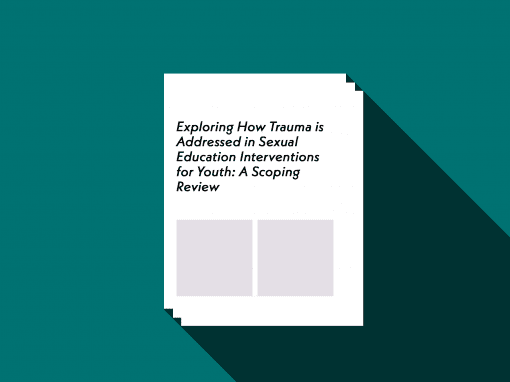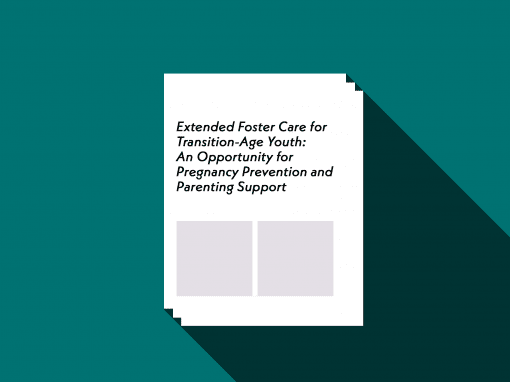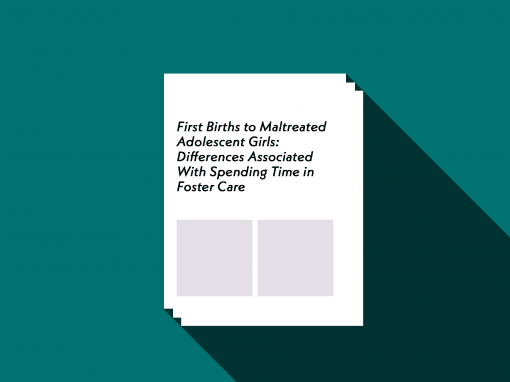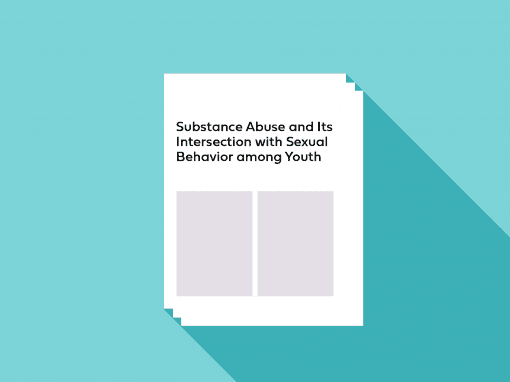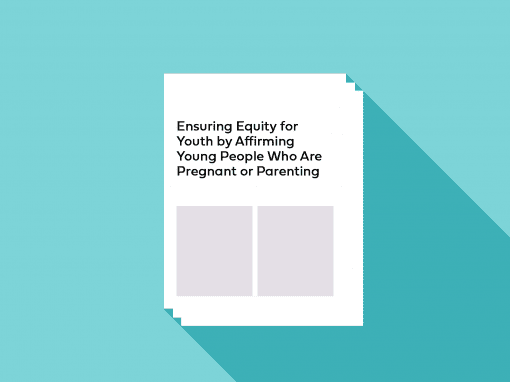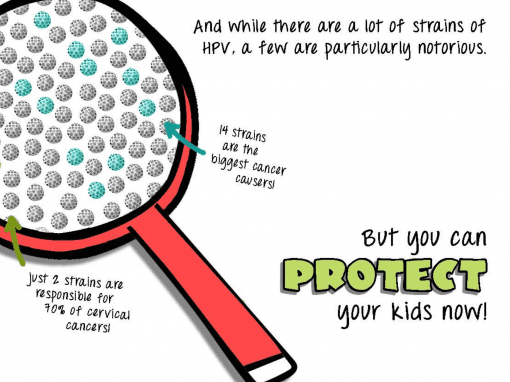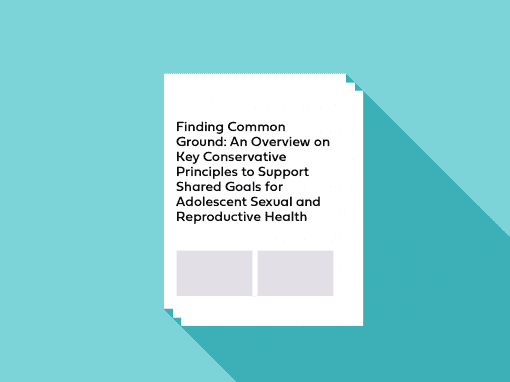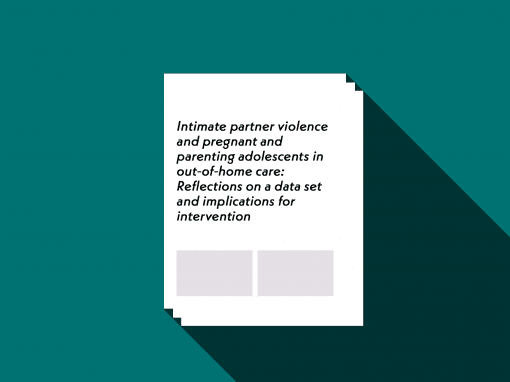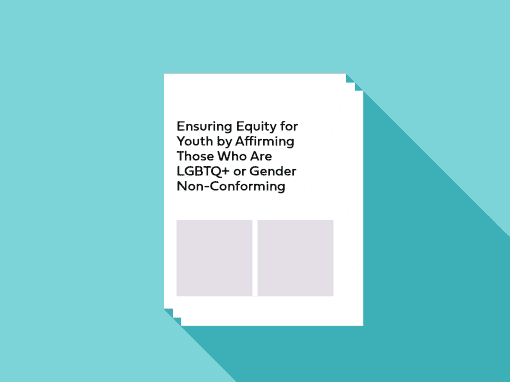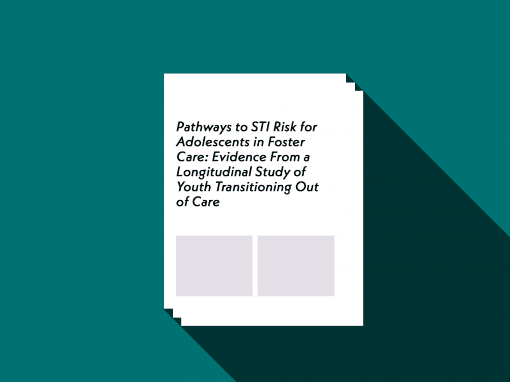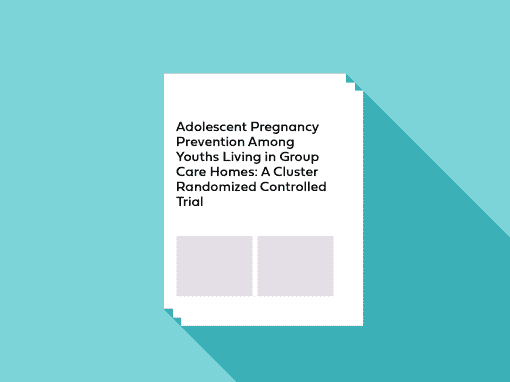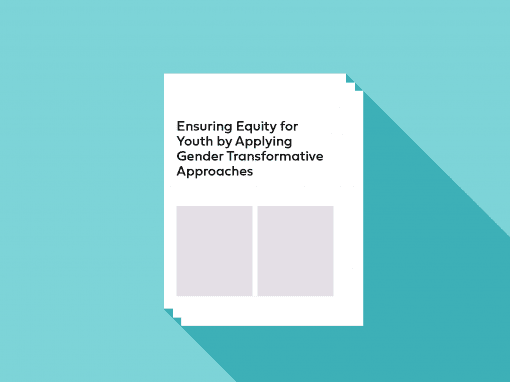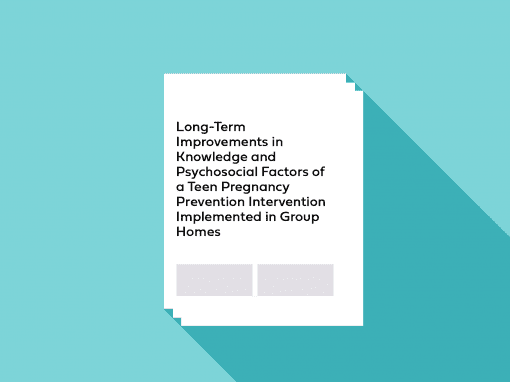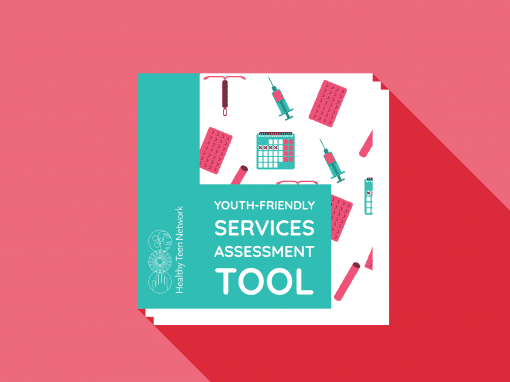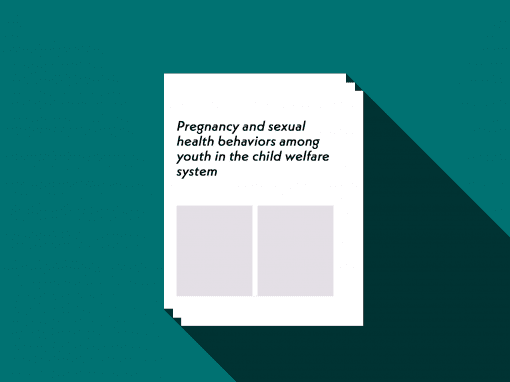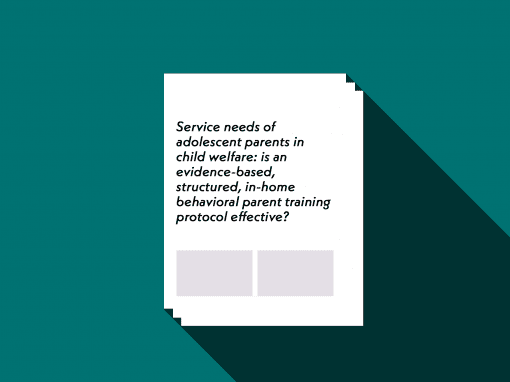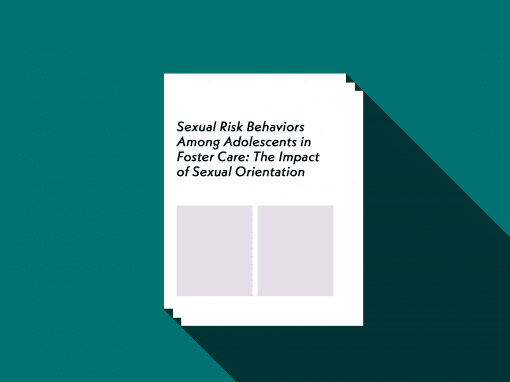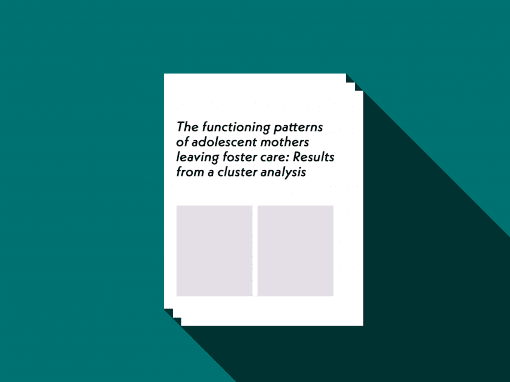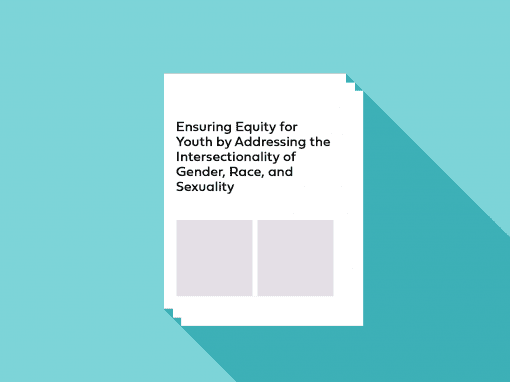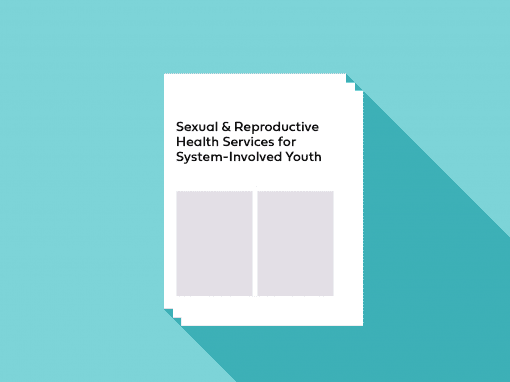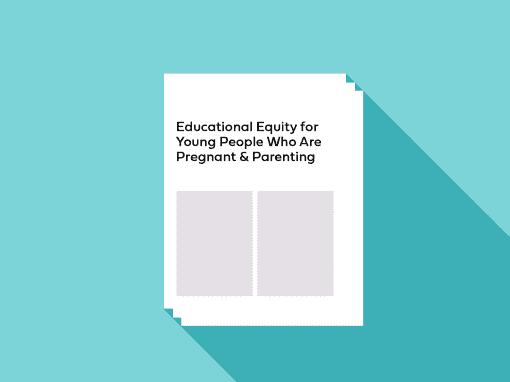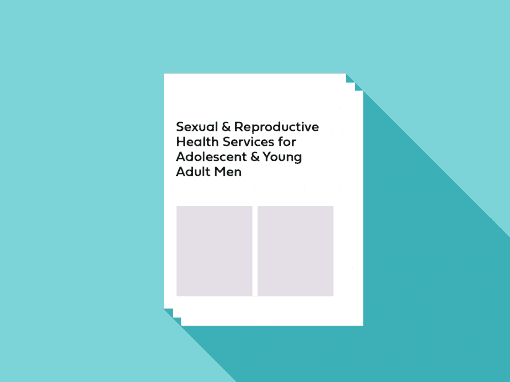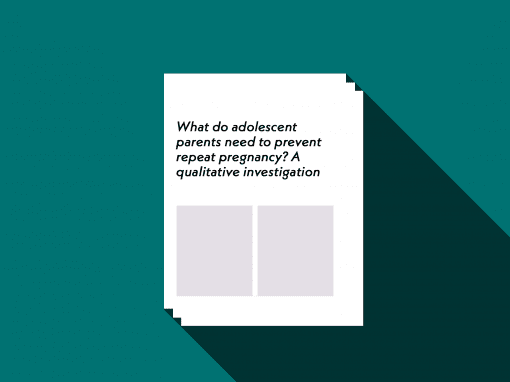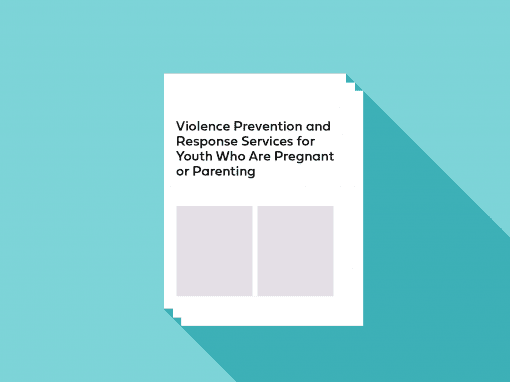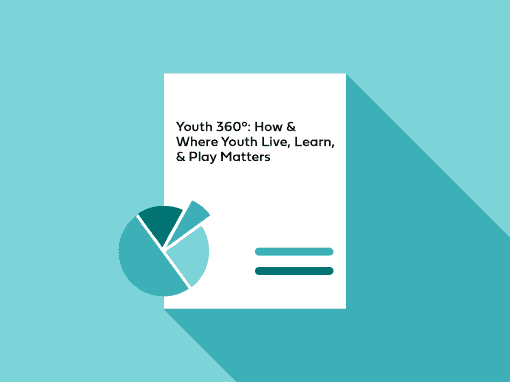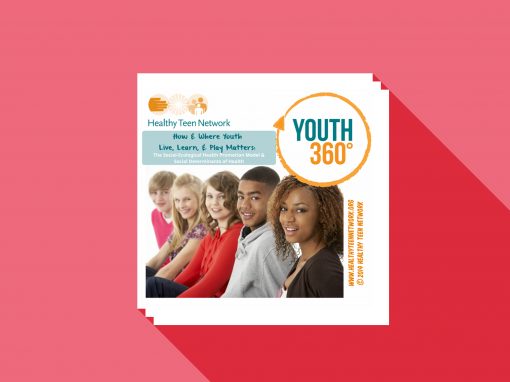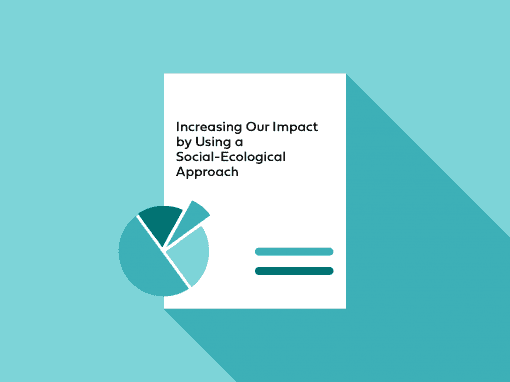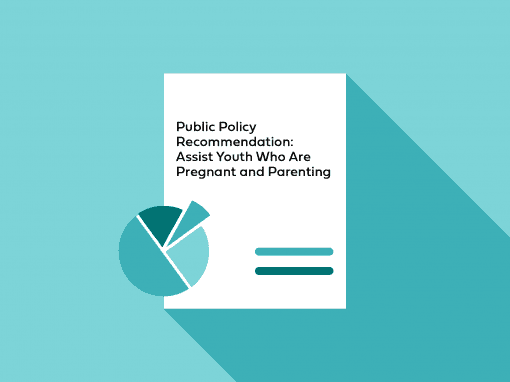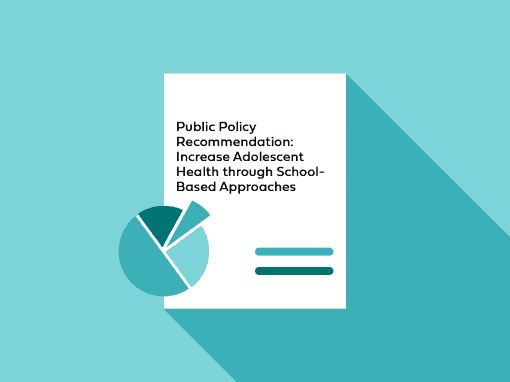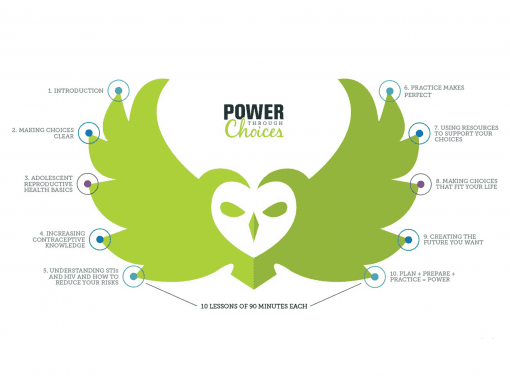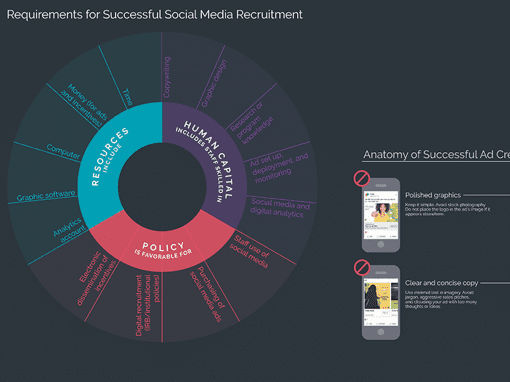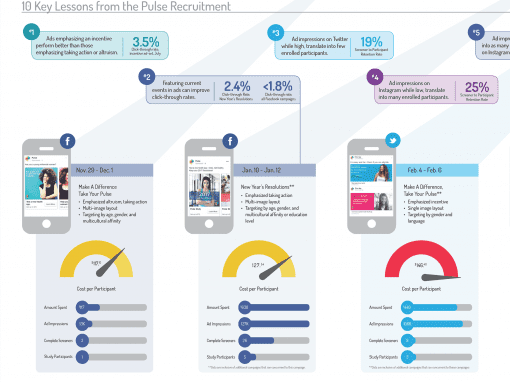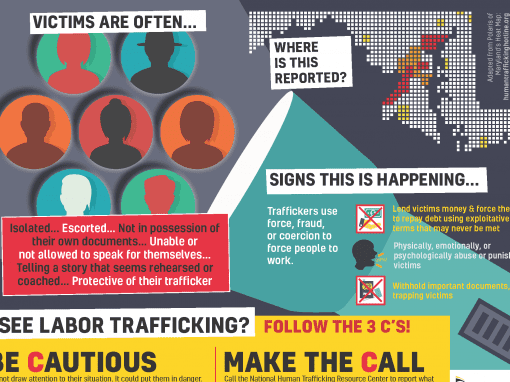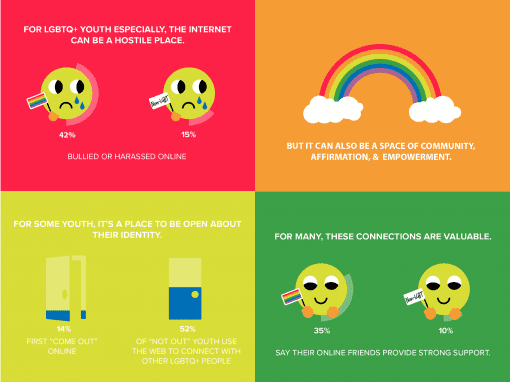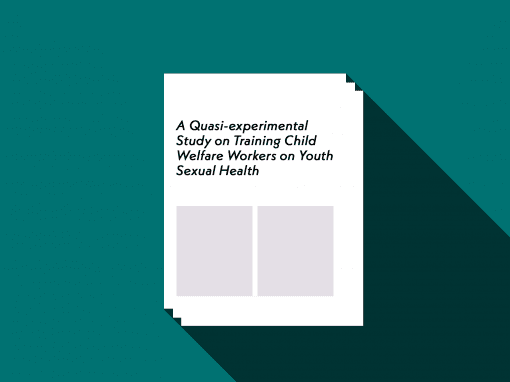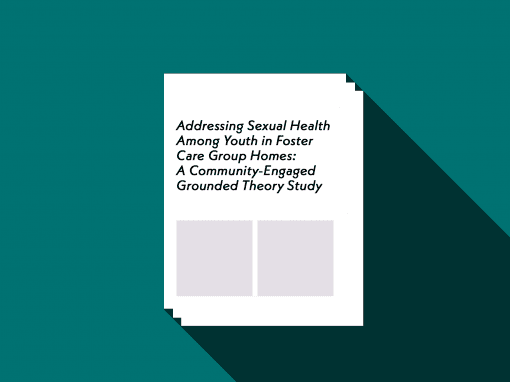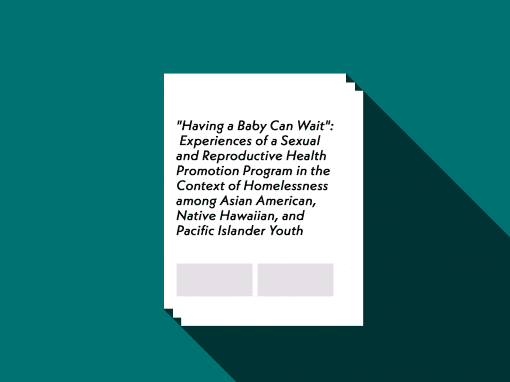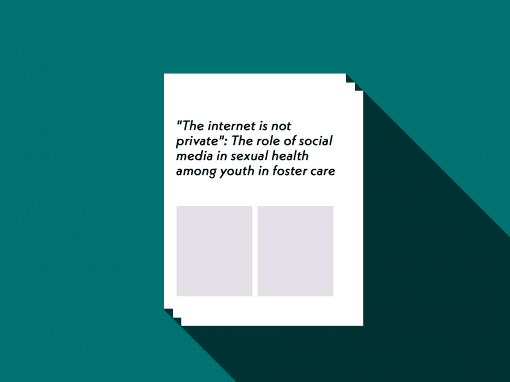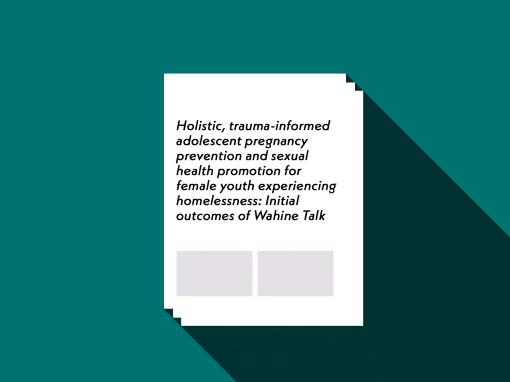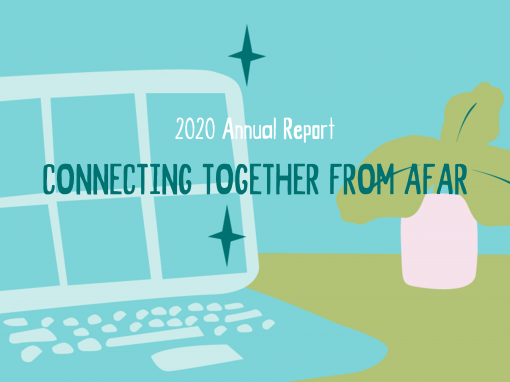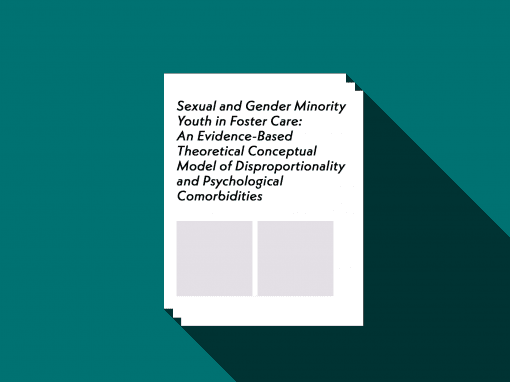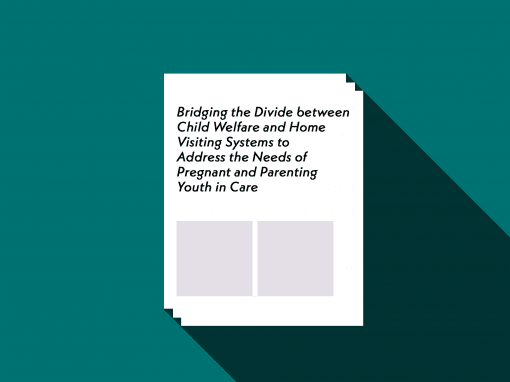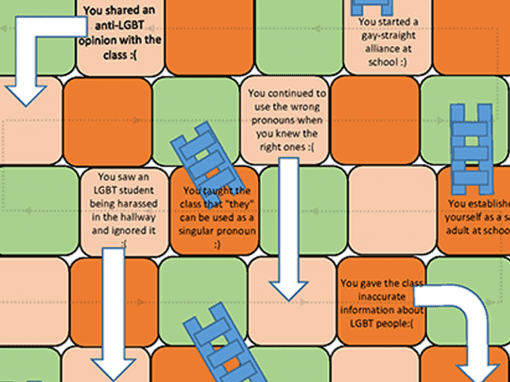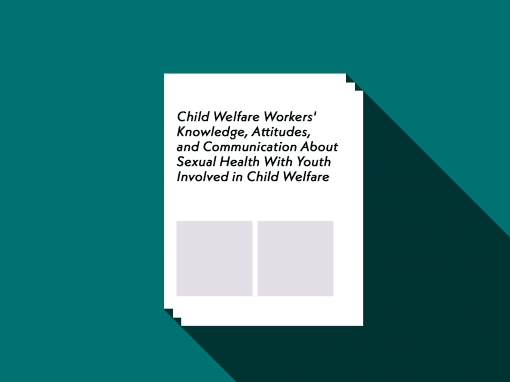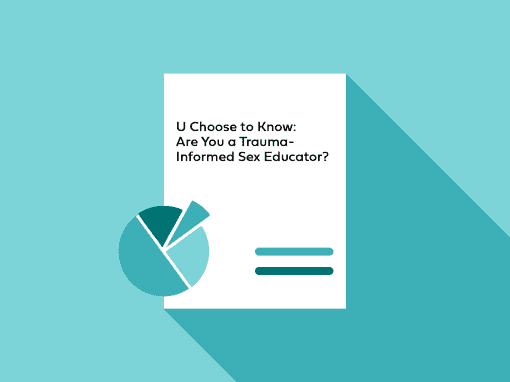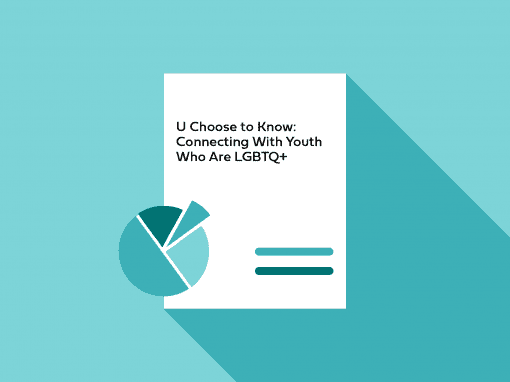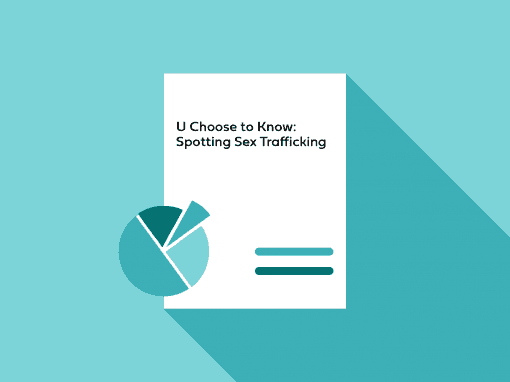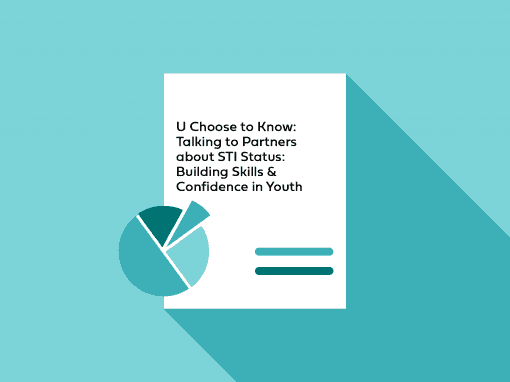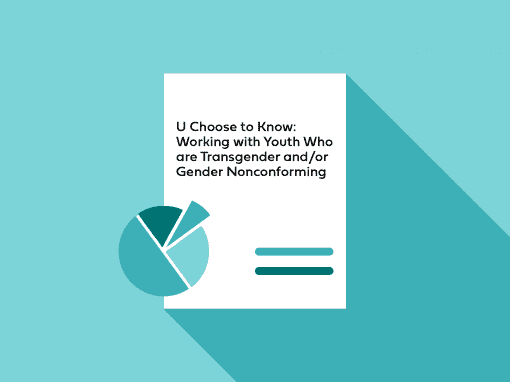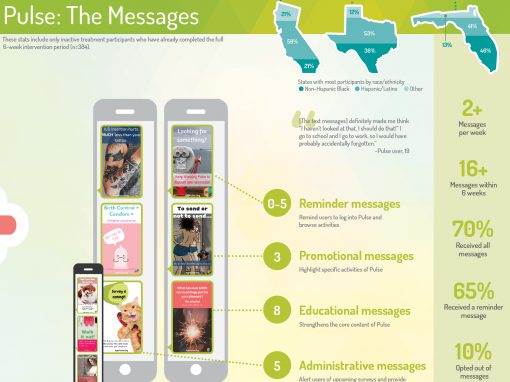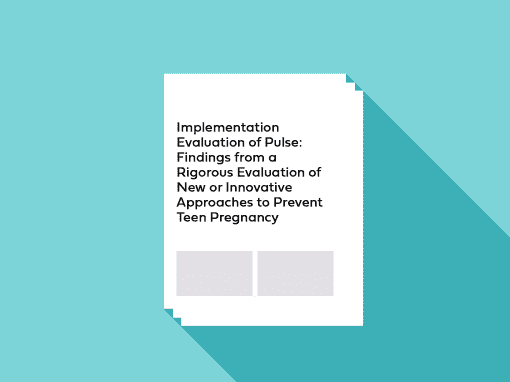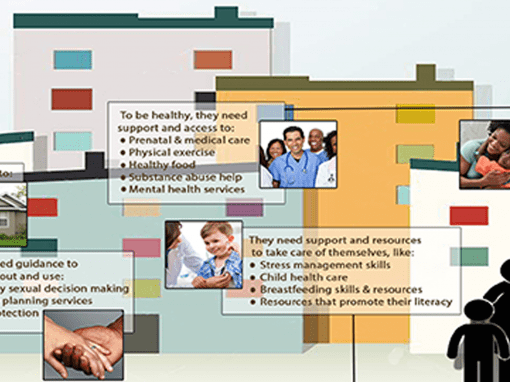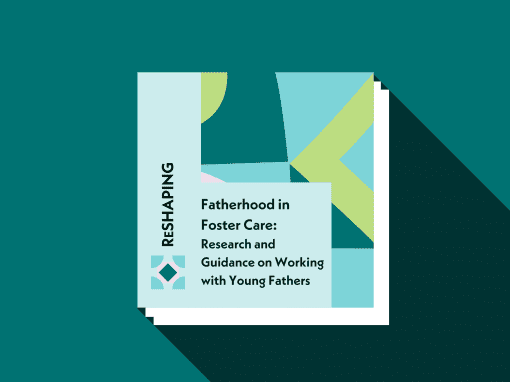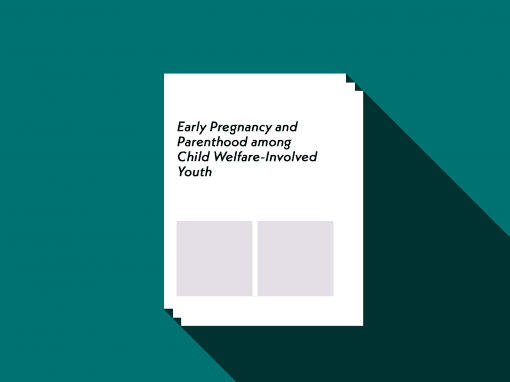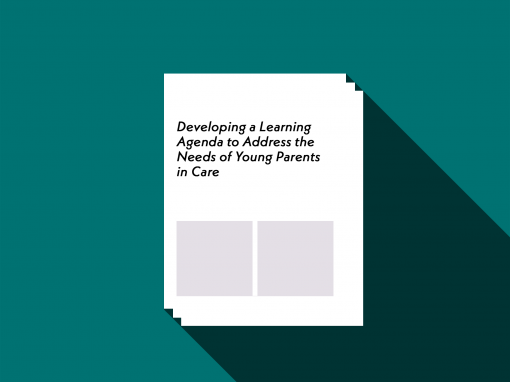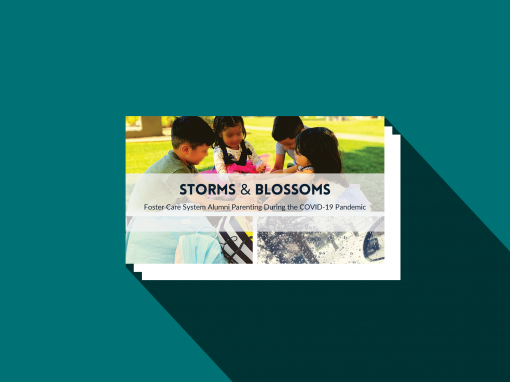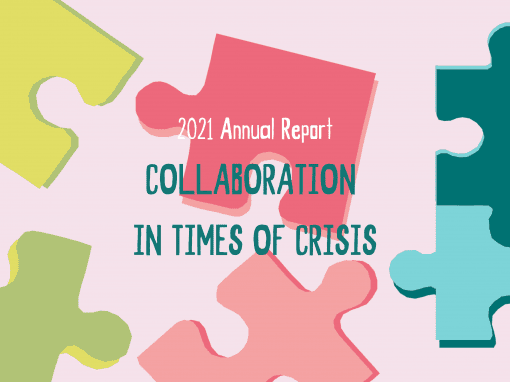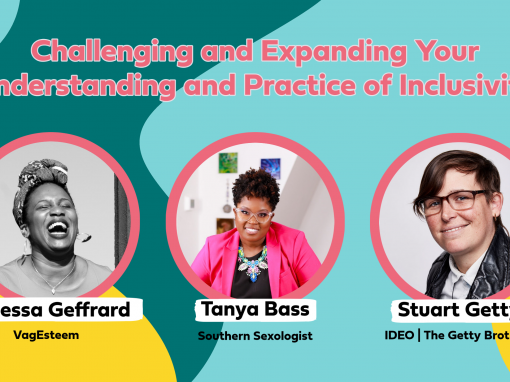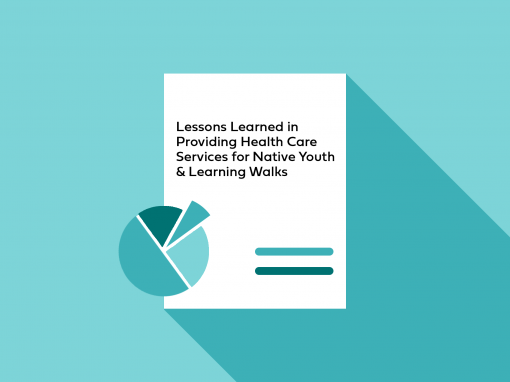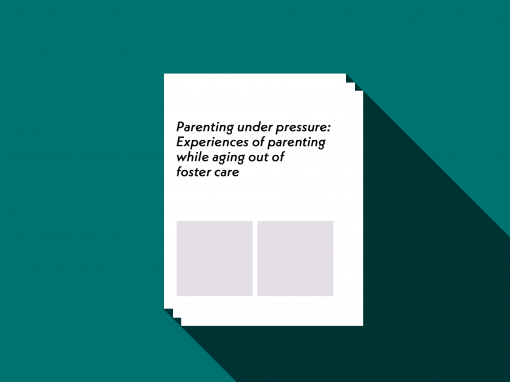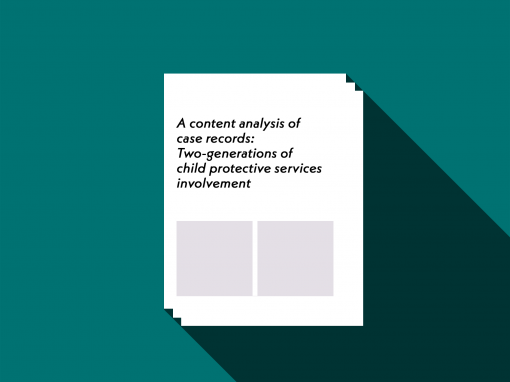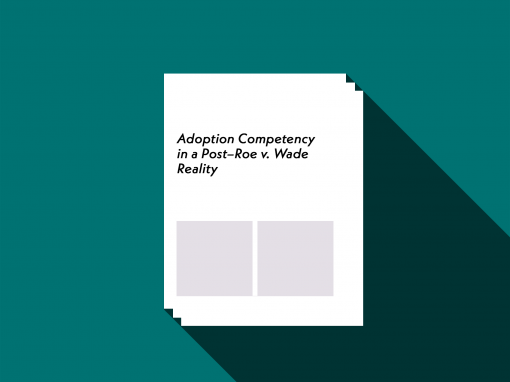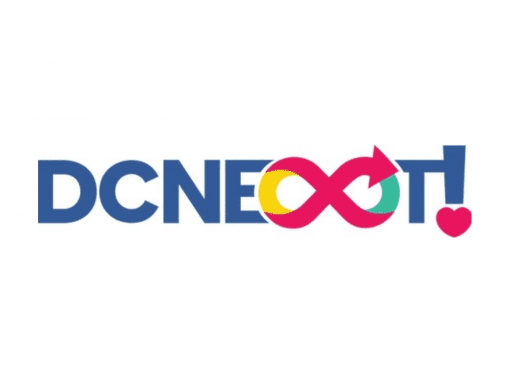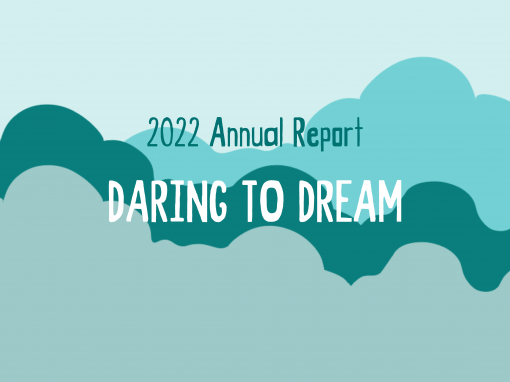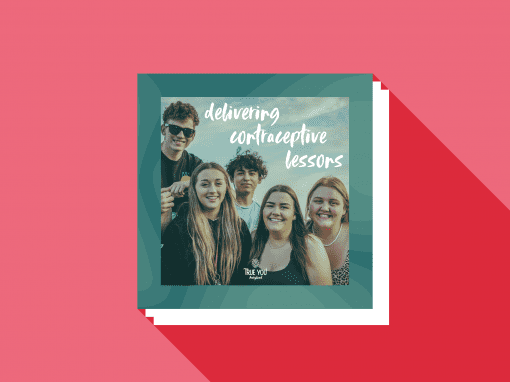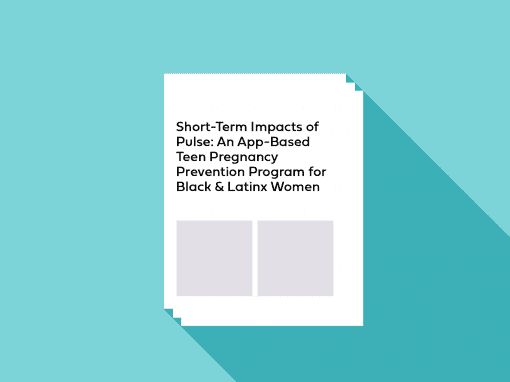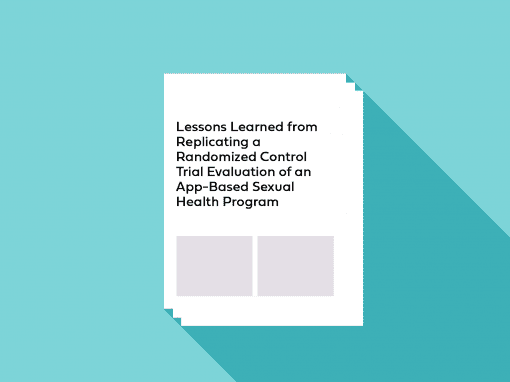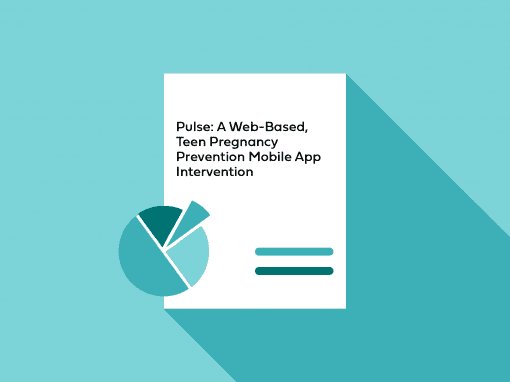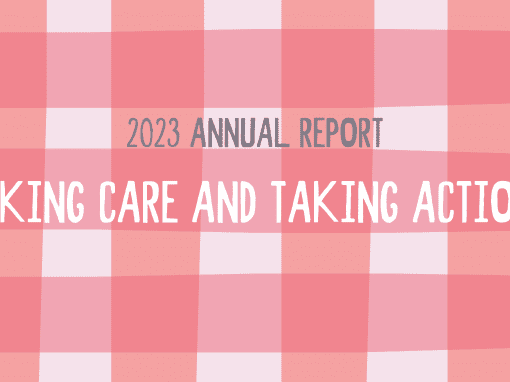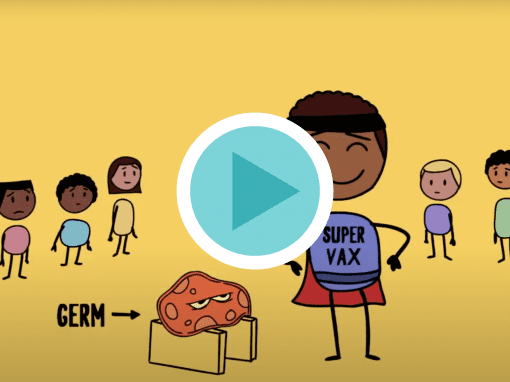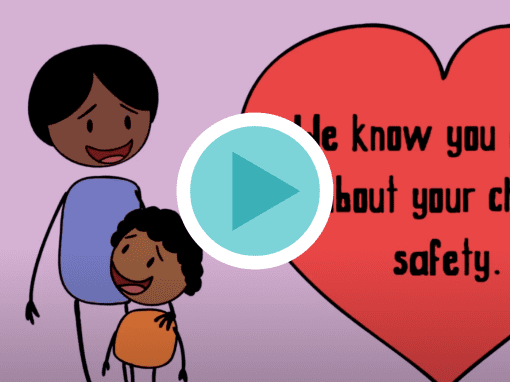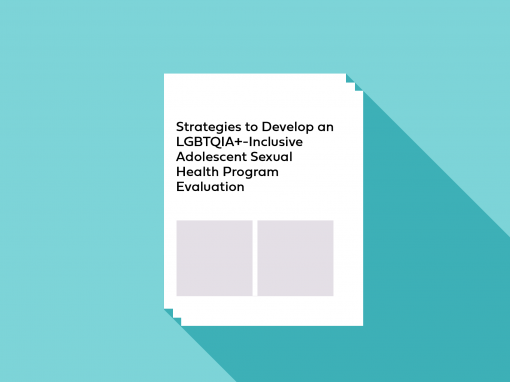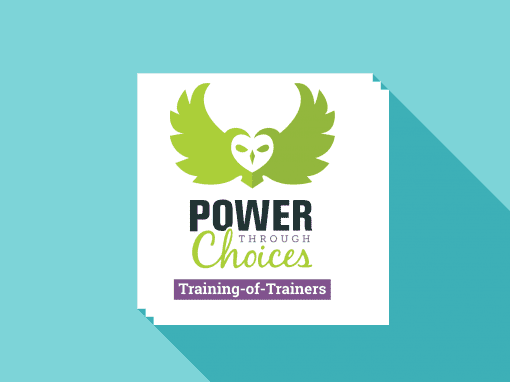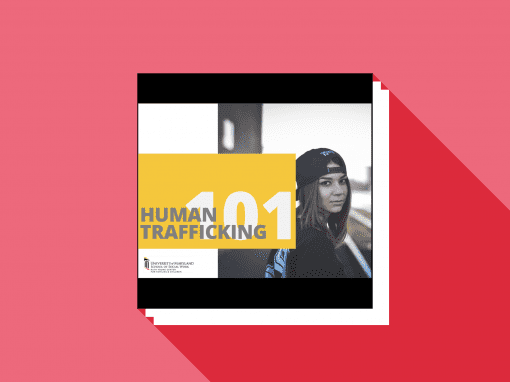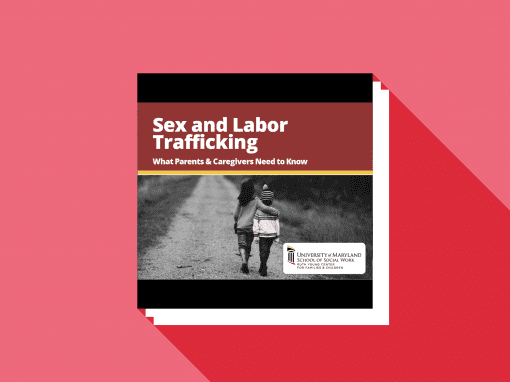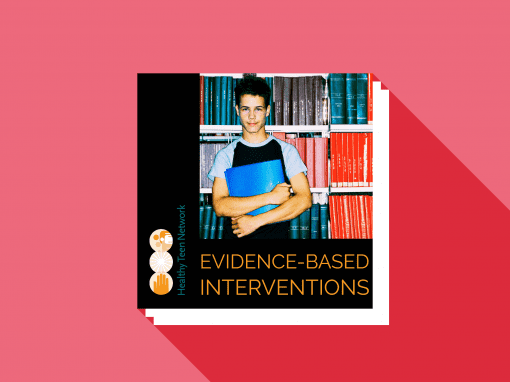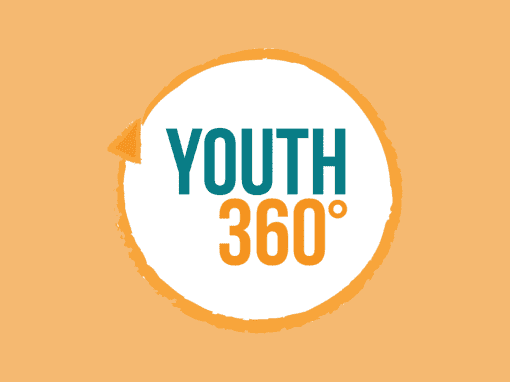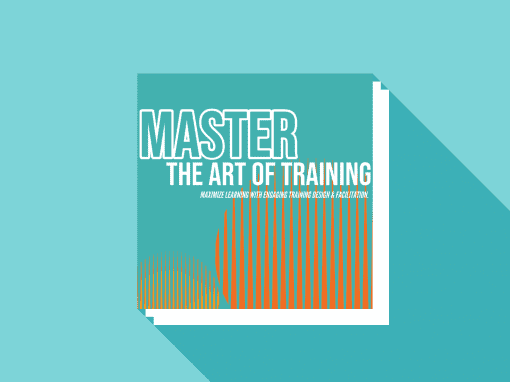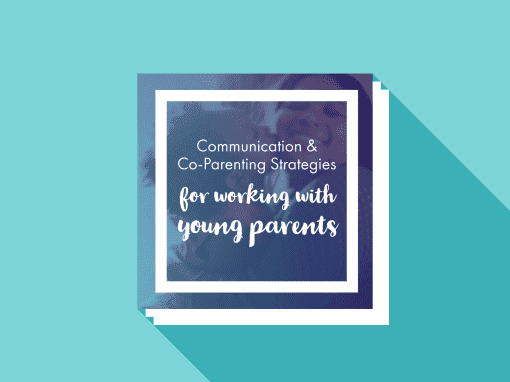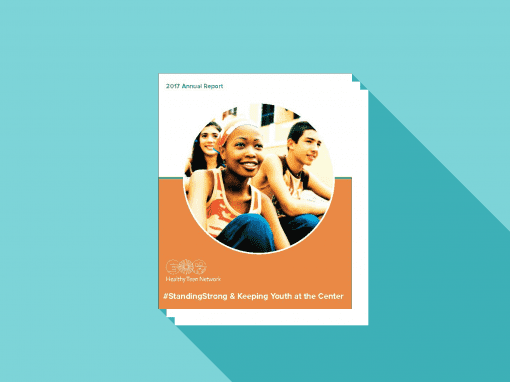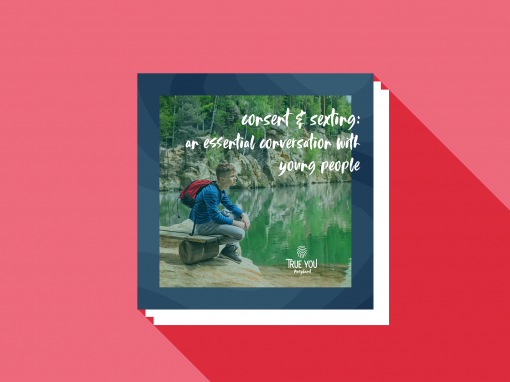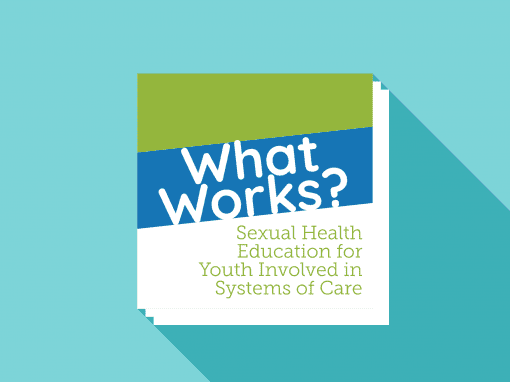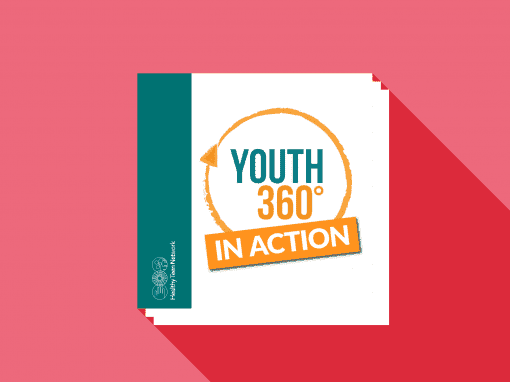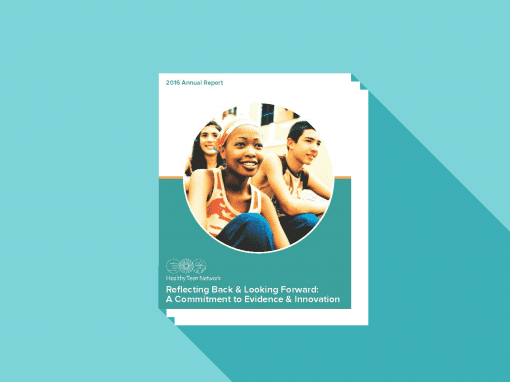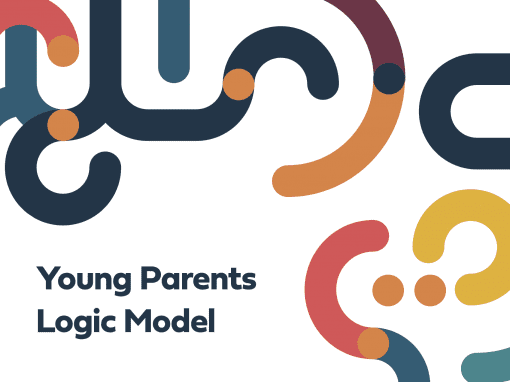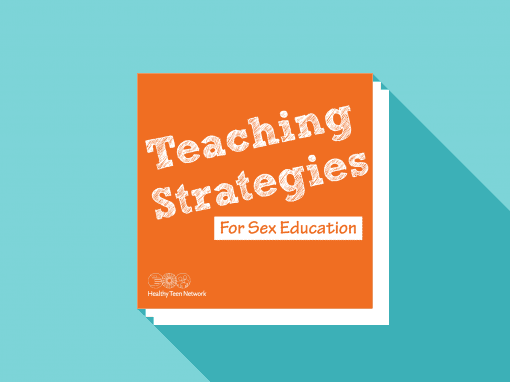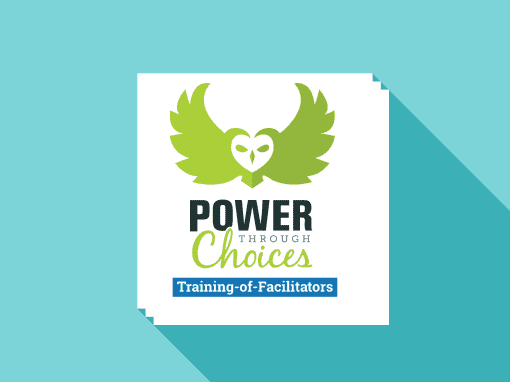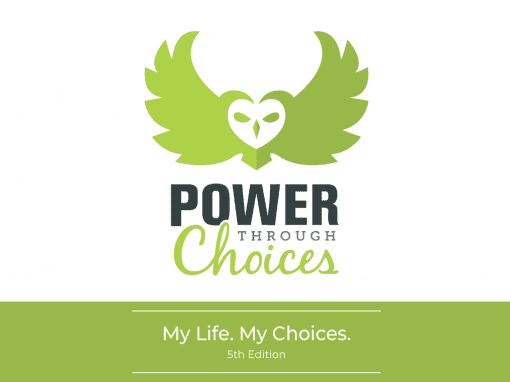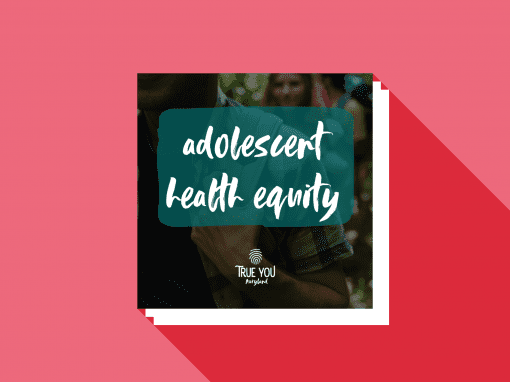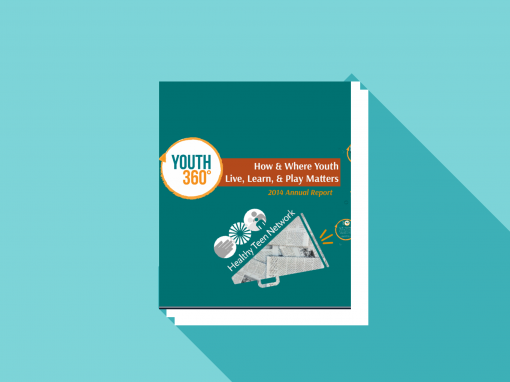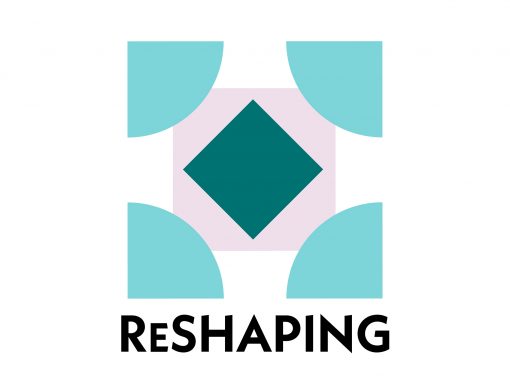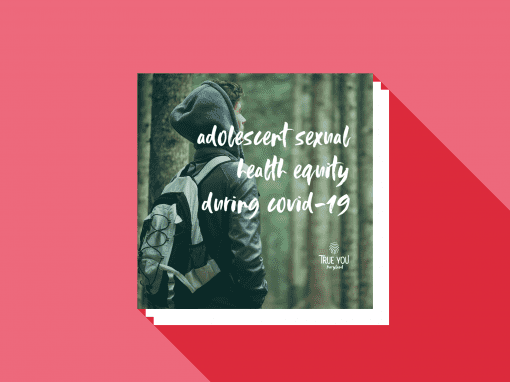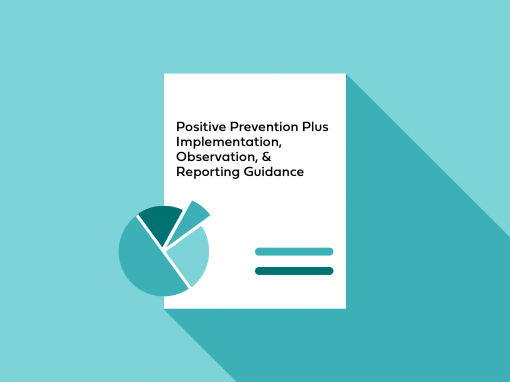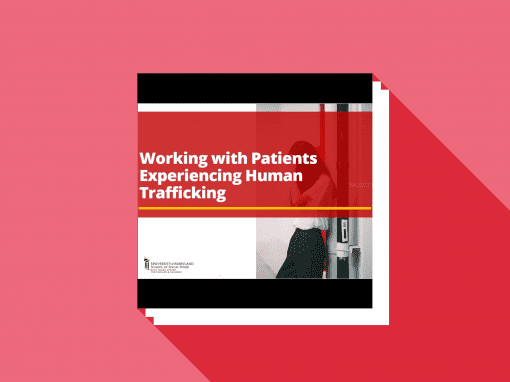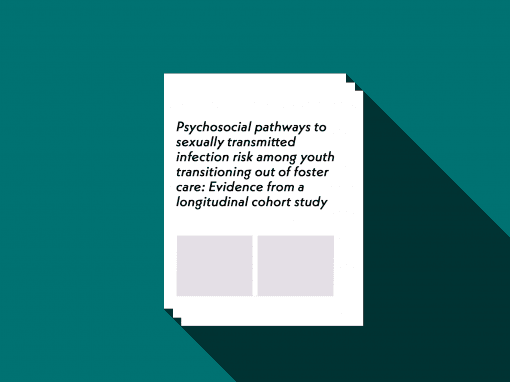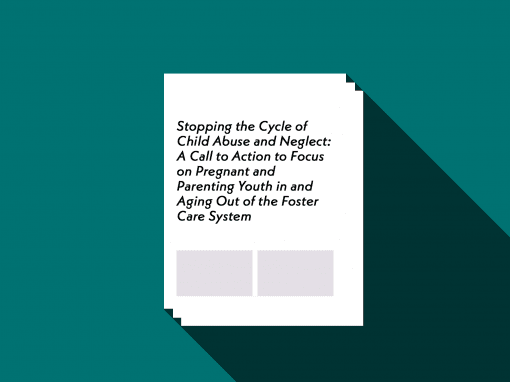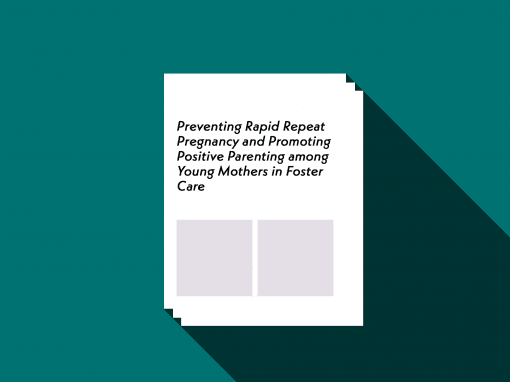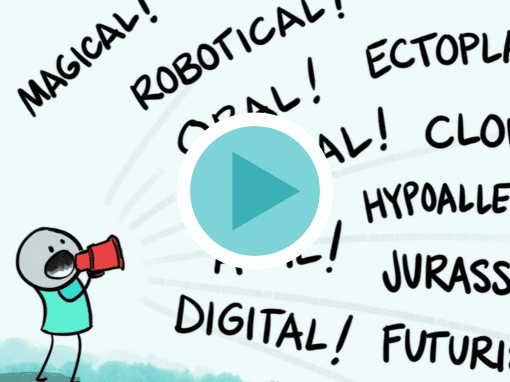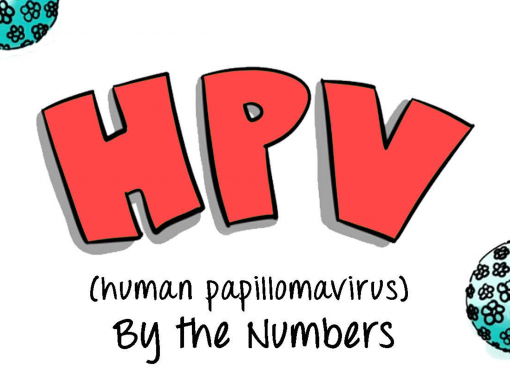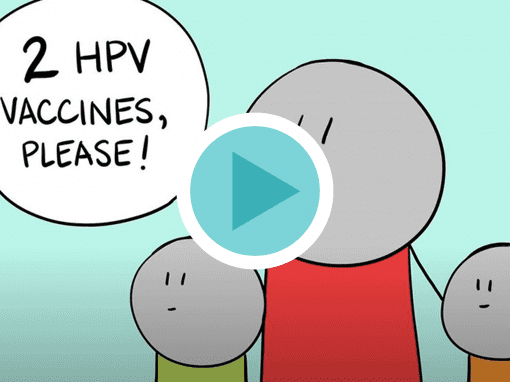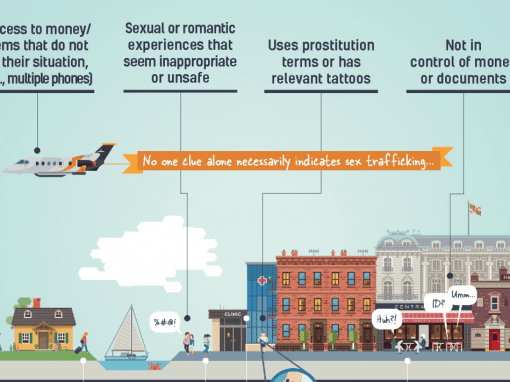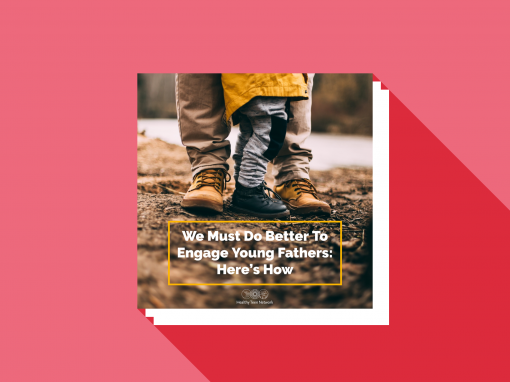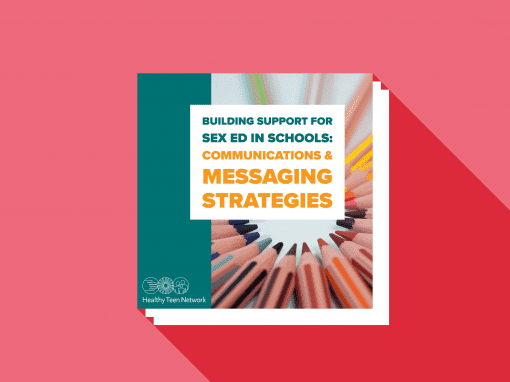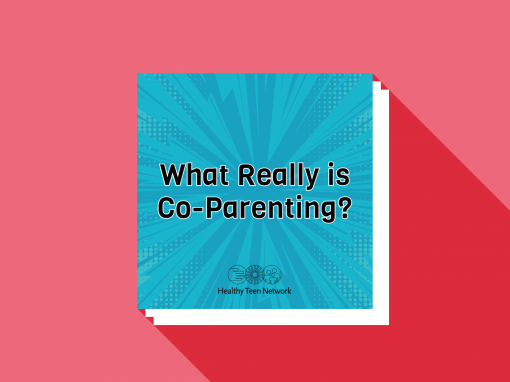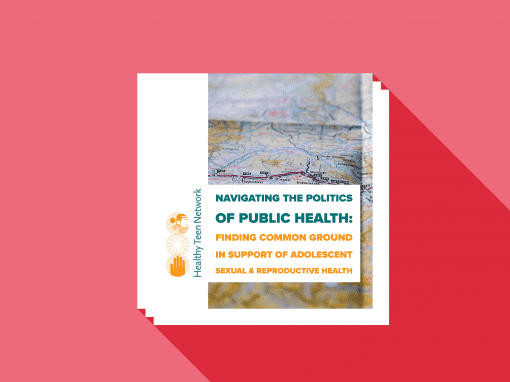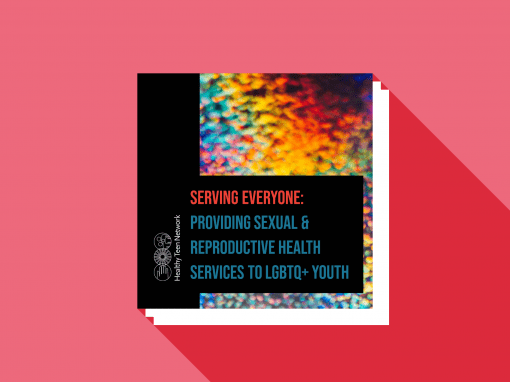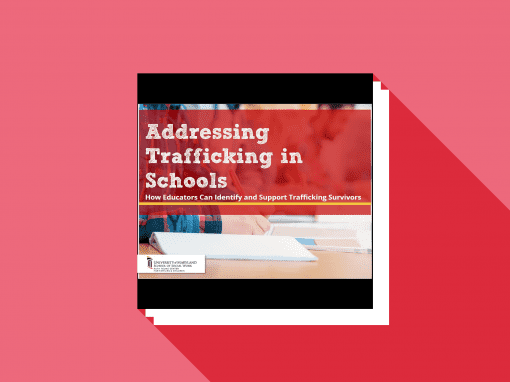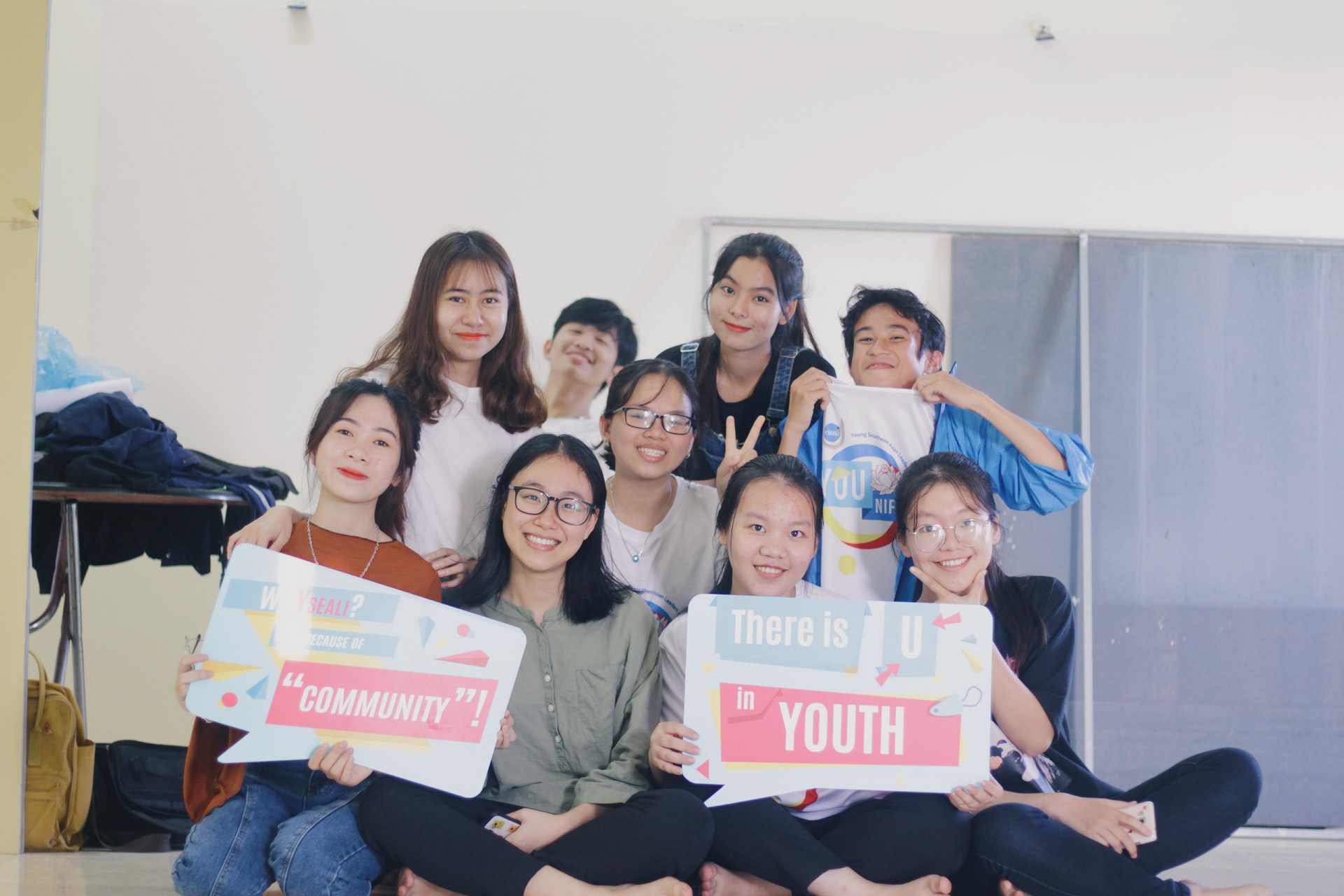
Position Statement
Youth EngagementAuthentic youth engagement is vital for achieving positive health and well-being outcomes for all youth.
Adopted by
the Healthy Teen Network Board of Directors on
October 22, 2018
Position
Healthy Teen Network believes that authentic youth engagement, an approach we call keeping youth at the center, is vital for achieving positive health and well-being outcomes for all youth.
Organizations that deliver sexuality education and sexual and reproductive health services should integrate youth engagement in their design, development, and delivery of opportunities, supports, and services. Professionals who provide sexuality education, clinical care, and supportive services to youth should commit themselves to learning about and practicing youth engagement and to encouraging the organizations with which they are associated in empowering youth voice and involving youth in decision-making about and implementation of the organization’s programs and operations.
Public and private agencies and organizations that provide financial and capacity-building support to youth-supporting organizations should encourage such organizations to place youth at the center of their program design, development, and delivery, and should provide the fiscal and technical resources to empower such organizations in practicing youth engagement.
Issue
Keeping youth at the center of focus for decision-making and action is widely accepted as a best practice within youth-supporting organizations and among youth-supporting professionals. However, youth engagement is not always practiced or is unevenly practiced in youth-supporting organizations, much less the larger systems and communities in which youth live, learn, and play.
However, youth engagement is not always practiced or is unevenly practiced in youth-supporting organizations, much less the larger systems and communities in which youth live, learn, and play.
Barriers to keeping youth at the center can be either systemic to an organization and their organizational leaders (e.g., lack of capacity to engage youth or lack of buy-in from leaders) or originate with youth themselves. A key challenge to engaging young people is exclusivity; usually, only privileged young people who have direct access and resources to opportunities are engaged.1 When youth from disadvantaged groups are excluded from decision-making processes, diversity and community representativeness are compromised, and oppression and discriminatory practices are upheld. It is important for organizations to devote time and resources to thorough outreach, training, and empowerment of young people that represent diverse sociodemographic classes.2
Another challenge stems from using youth as tokens and for decorative and manipulative purposes.3 Genuine youth participation moves beyond these uses and towards a process where youth have meaningful involvement in decisions that impact their well-being, as well as opportunities to learn from adult mentors and role models.
Young people are often excluded from opportunities because of dominant stereotypes held by adults about youth. This bias is called adultism and is rooted in the belief that young people lack intelligence, capacity, or the ability to meaningfully participate and add value. Adultism contributes to a disingenuous youth voice and is a practice that is strongly supported by societal norms which leave young people feeling that they are not respected or heard.4
Lastly, youth may lack the self-esteem or awareness of involvement opportunities. Outreach efforts that encourage the youth voice and opportunities that provide training and mentorship can help the youth feel more comfortable and supported in taking on leadership roles.5
Supporting Information
Youth engagement is the theory and practice of meaningfully engaging youth in decisions that affect their lives, their peers, and their communities. To keep youth at the center means recognizing that youth are not merely passive recipients of services engineered by adults, but rather, they are actively engaged participants who are aware of and involved in the issues that impact them.
Youth engagement is grounded in two major theories: youth development theory6 and attachment theory.7
Youth development theory aims to engage youth in their own development, so that they think about, and invest in, their sense of self, purpose, potential, and future to enhance their interests, skills, and abilities. The approach is centered on youth involvement and ownership as well as positive relationship building with peers and adults in the community.8
Attachment theory describes the function and need for long-term meaningful relationships.9Youth who have established positive relationships with adults and their community demonstrate better social and emotional development as well as increased social participation and community action.10 Developing meaningful youth-adult partnerships are essential to transforming the community from simply a shared space to a network of bonds and emotional ties that foster collective commitment.11
There is extensive research to substantiate that keeping youth at the center is beneficial to youth, adults, communities, and society. Youth have much to gain developmentally when they are meaningfully engaged in positive activities. Opportunities that allow young people to be fully engaged and practice reasoning, decision-making, and self-regulation strengthen the developing brain and create healthier transitions into adulthood.12 Youth engagement serves as a powerful method to promote health, skill-building, knowledge, self-esteem, future planning, and community connectedness.13 14 Youth engaged in their communities is associated with decreased risk-taking behaviors, including substance use, unprotected sex, school dropout and truancy, and criminal behavior.15 Unlike youth with few or no engagement opportunities, youth who have been empowered by the community and who are actively involved are more likely to become future leaders and have overall more positive health outcomes.16
By engaging youth in service creation and decision making, adults can better understand and value the youth experience, voice, and social norms as well as witness firsthand the capabilities and competencies of young people. Youth engagement also offers community leaders the expertise and partnership of young people, helping adults fully understand what it is like to grow up in a rapidly advancing world and how to best tailor strategies to meet young people’s needs. Evidence also demonstrates that young people’s passion and enthusiasm through involvement opportunities re-invigorates adults’ commitment to causes, organizations, and communities.17 Training and technical assistance for adults on how to best engage youth and recognize their tremendous value and potential is an important strategy to limiting biases and providing adults with applicable skills for integrating youth engagement approaches into their work.18
Organizations that prioritize the participation of youth recognize the importance of young people’s right to express themselves, be involved in decisions that affect their lives, and be active participants, rather than passive beneficiaries. Young people are often untapped resources who offer new and innovative perspectives, and the direct experience, essential to informing the development and sustainability of relevant programming and services.19 Young people are also crucial in helping organizations clarify and re-focus their mission based on the current needs of youth. Additionally, the inclusion of young people helps organizations demonstrate to funding entities, partners, advocates and the broader community their unwavering commitment to youth development strategies.20
2 O’Donoghue, J., Kirshner, B., & McLaughlin, M. W. (2003). Moving youth participation forward. New Directions for Youth Development: Theory, Practice and Research. No. 96. San Francisco: Jossey-Bass (Wiley Periodicals, Inc.).
3 Hart, R. (1992). Children’s participation: From tokenism to citizenship. Florence, Italy: International Child Development Center, UNICEF.
4 Fletcher, A. (2006). Washington youth voice handbook: the what, who, why, where, when, and how youth voice happens. Retrieved from http://www.commonaction.org/WYVH.pdf.
5 International Youth Foundation (2012). Improving Gender Equality in Youth Livelihood Programs. Field Notes. 5:19. Washington, DC: Author.
6 Catalano, R.F., Berglund, L., Ryan, J.A., Lonczak, H.S. Hawkins, D. (2004). Youth Development in the United States: Research Findings on Evaluations of Positive Youth Development Programs. American Academy of Political and Social Science, 98-124.
7 Bowlby, J. (1958). The nature of the child’s tie to his mother. International Journal of Psychoanalysis, 39, 350-371.
8 Catalano, R.F., Berglund, L., Ryan, J.A., Lonczak, H.S. Hawkins, D. (2004). Youth Development in the United States: Research Findings on Evaluations of Positive Youth Development Programs. American Academy of Political and Social Science, 98-124.
9 Bowlby, J. (1958). The nature of the child’s tie to his mother. International Journal of Psychoanalysis, 39, 350-371.
10 Brennan, M. A., & Barnett, R. V. (2009). Bridging community and youth development: Exploring theory, research, and application. Community Development, 40, 305-310.
11 Brennan, M. A., Barnett, R. V., & Lesmeister, M. (2007). Enhancing local capacity and youth involvement in the community development process. Journal of Community Development, 38 (4), 13-27.
12 Crews F, He J, Hodge C. (2007). Adolescent cortical development: a critical period of vulnerability for addiction. Pharmacol Biochem Behav 86: 189-199.
13 Dallago, L., Cristini, F., Perkins, D. D., Nation, M., & Santinello, M. (2009). The Adolescents, Life Context, and School Project: Youth Voice and Civic Participation. Journal of Prevention & Intervention in the Community, 38(1), 41-54.
14 Lenzi, M., Vieno, A., Perkins, D. D., Santinello, M., Elgar, F. J., Morgan, A., & Mazzardis, S. (2012). Family Affluence, School and Neighborhood Contexts and Adolescents’ Civic Engagement: A Cross-National Study. American Journal of Community Psychology.
15 Crooks, C. V., Chiodo, D., & Thomas, D. (2010). Strengths-based programing for first nations youth in schools: Building engagement through healthy relationships and leadership skills. International Journal of Mental Health and Addiction, 8 (160), 160-173.
16 Lenzi, M., Vieno, A., Perkins, D. D., Santinello, M., Elgar, F. J., Morgan, A., & Mazzardis, S. (2012). Family Affluence, School and Neighborhood Contexts and Adolescents’ Civic Engagement: A Cross-National Study. American Journal of Community Psychology.
17 Zeldin, S., McDaniel, A. K., Topitzes, D., & Calvert, M. (2000). Youth in decision-making: A study on the impacts of youth on adults and organizations. Washington, DC: National 4-H Council.
18 Pittman, K., Martin, S., Williams, A. (2007). Core Principles for Engaging Young People in Community Change. Washington, D.C.: The Forum for Youth Investment, Impact Strategies, Inc.
19 Advocates for Youth. “Youth Involvement in Prevention Programming”, n.d. http://www.advocatesforyouth.org/publications/iag/involvement.pdf
20 Zeldin, S., McDaniel, A. K., Topitzes, D., & Calvert, M. (2000). Youth in decision-making: A study on the impacts of youth on adults and organizations. Washington, DC: National 4-H Council.


